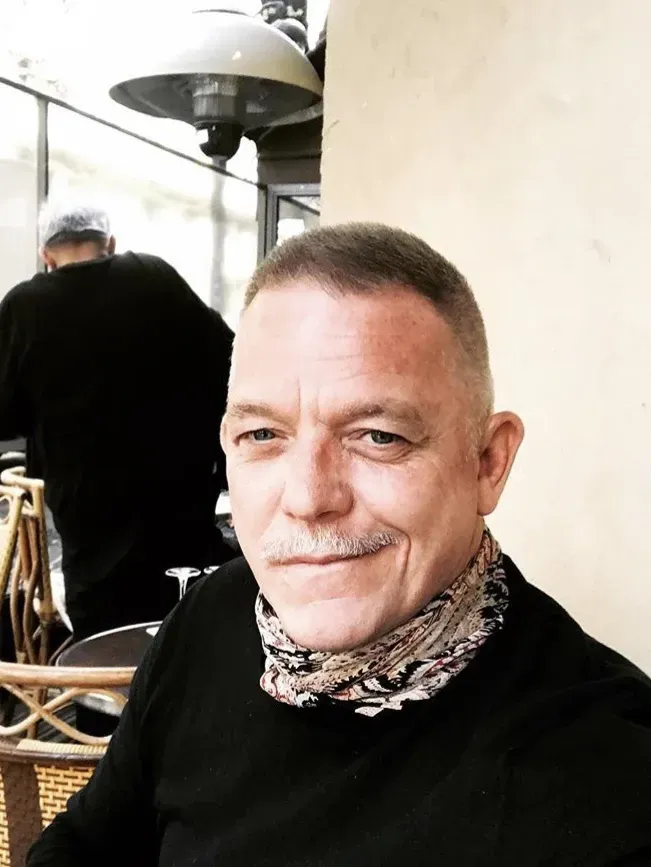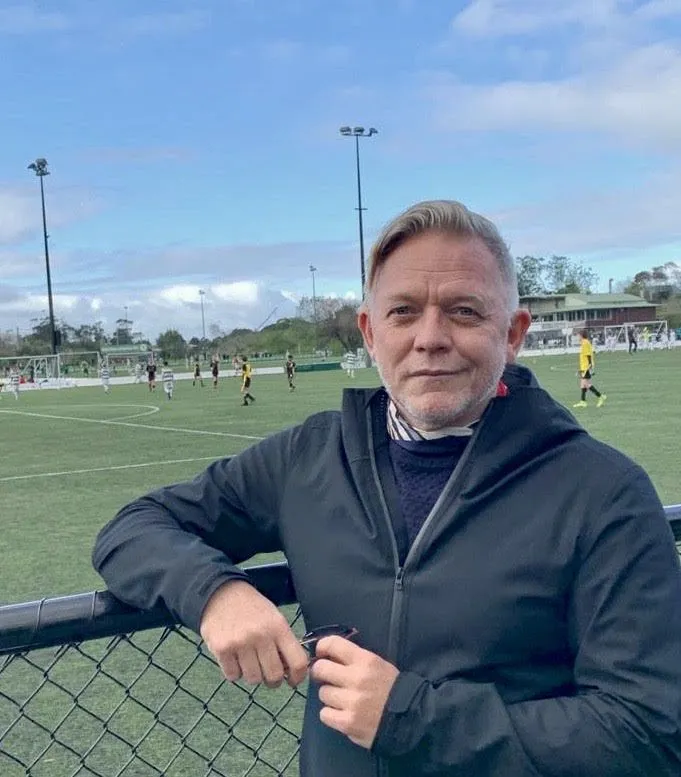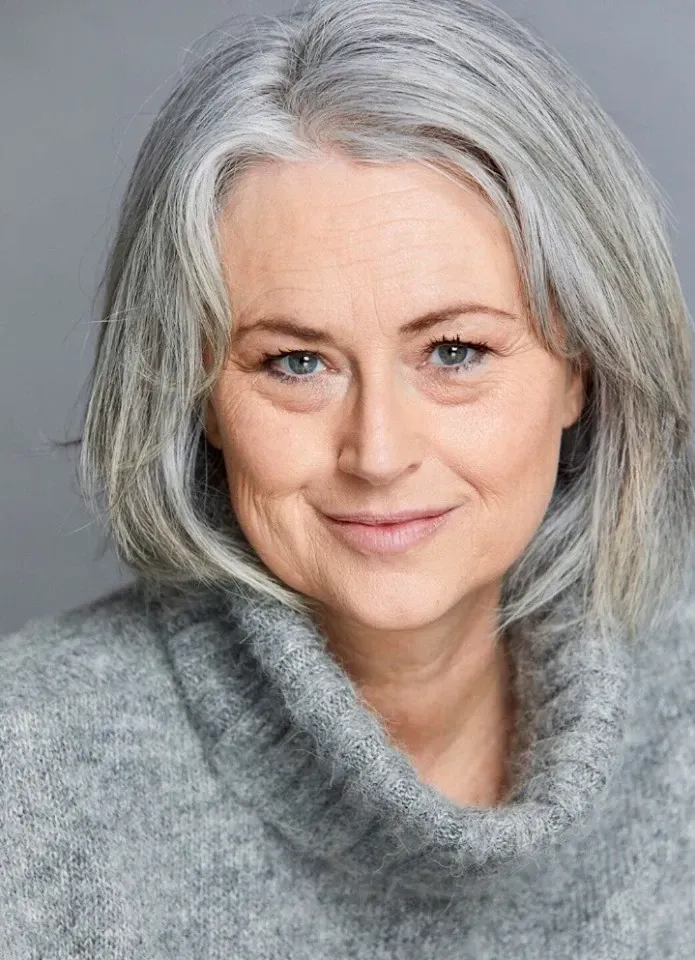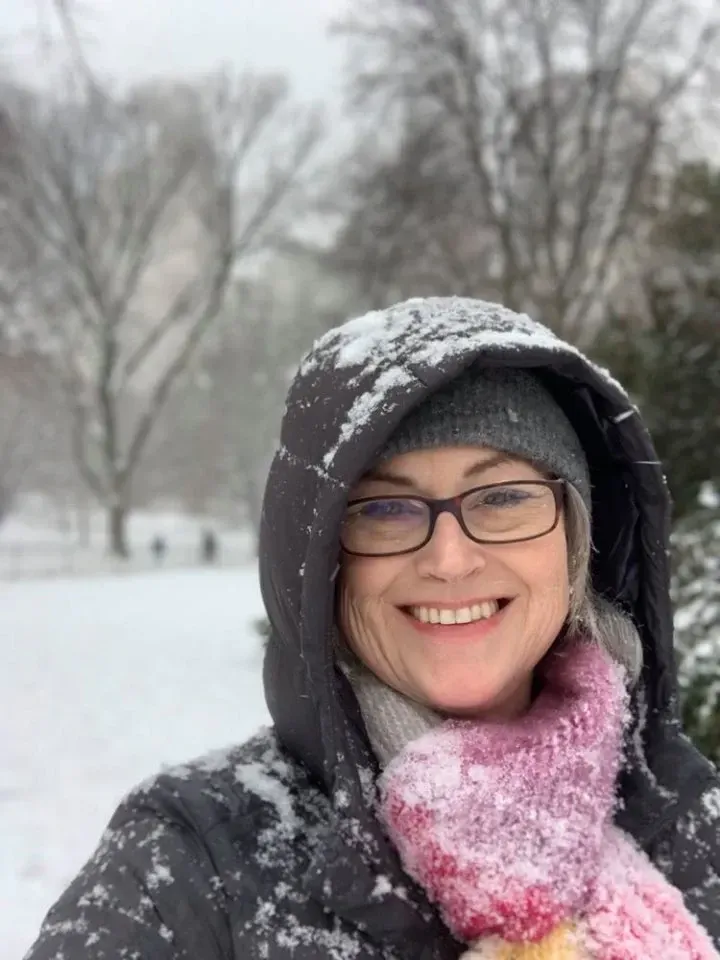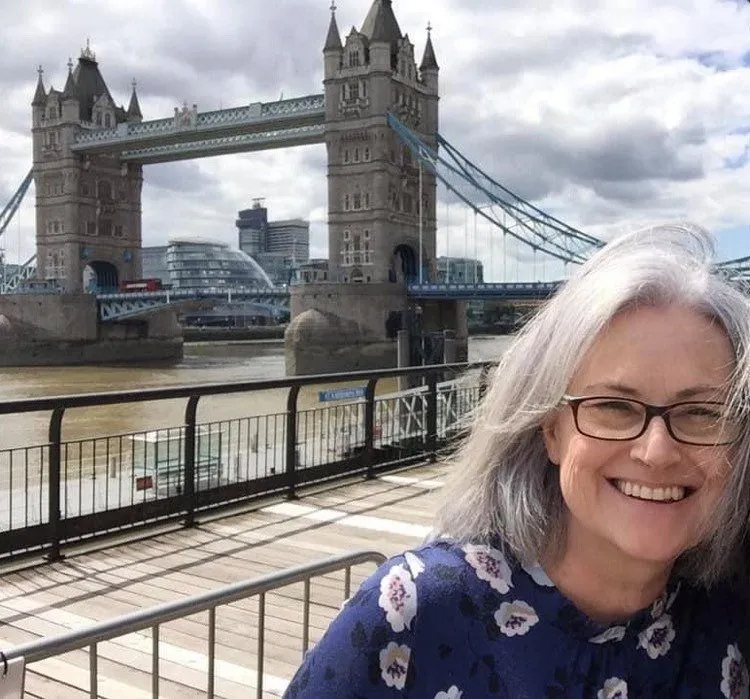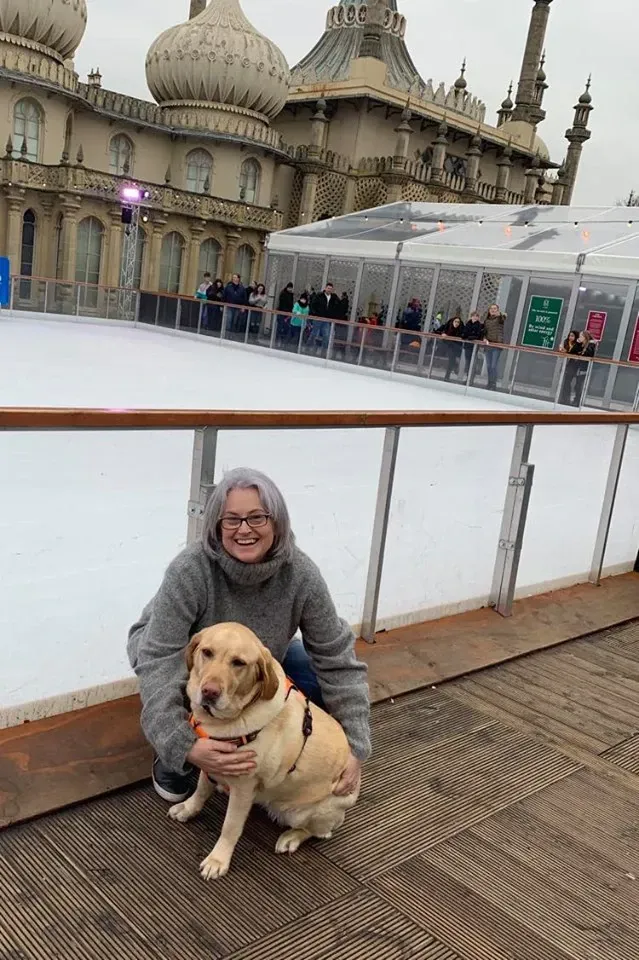What Ex-Pat Influx means for Arts
Written by
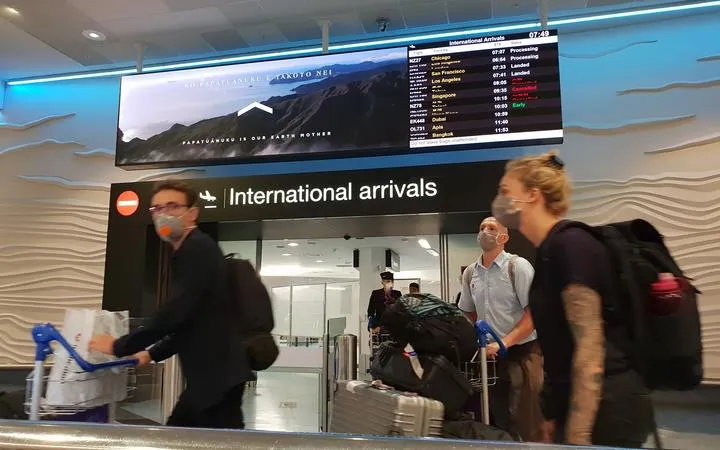
Returnees or Refugees?
“Getting on a plane to return to New Zealand right now is like escaping the apocalypse. Everyone onboard has packed up their lives and their families. It’s not like migration. It’s like professional refugees. No one on these flights are backpackers. They're attorneys, they're doctors, they’re financiers, they're nurses they’re teachers. They are leaving behind something that is really bad where their lives are so decimated. It is a flight driven by desperation but it is also hopeful.” - Simon Adlam
As New Zealand takes such pride in ‘standing together’ and progressing into the future following the COVID-19 pandemic, the regression surrounding the nation’s stance on just who is a New Zealander has been nothing by divisive.
Adlam’s words bring home the very real threat felt by returnees in their adopted lands, and the simple desire to reach safety. For the first time in generations, NZ citizens are leaving rich western countries for fear of death and rampant spread of disease.
Make no mistake, white-collar professionals returning to New Zealand because of COVID are not literally refugees. They are New Zealand citizens with all the privileges that brings. They are not fleeing war, famine, or government persecution.
The sad parallel applies, though, in the fear, resentment, and even rejection expressed by some of the New Zealand public in recent months towards those returning to our shores. It has of course been stoked by the selfish behaviour of those who have chosen to break out of quarantine. But the discourse around “returnees,” rhymes with refugees in disturbing ways. They’re not like ‘us’. They won’t do any good for ‘us’, they’re just coming with their hands out.
But this stance is myopic without the conversation on what impact these returnees can make on our country - specifically, in this case, on the arts and creative communities.
To do this, we need to understand their motivations and their aspirations.
Dreams take flight
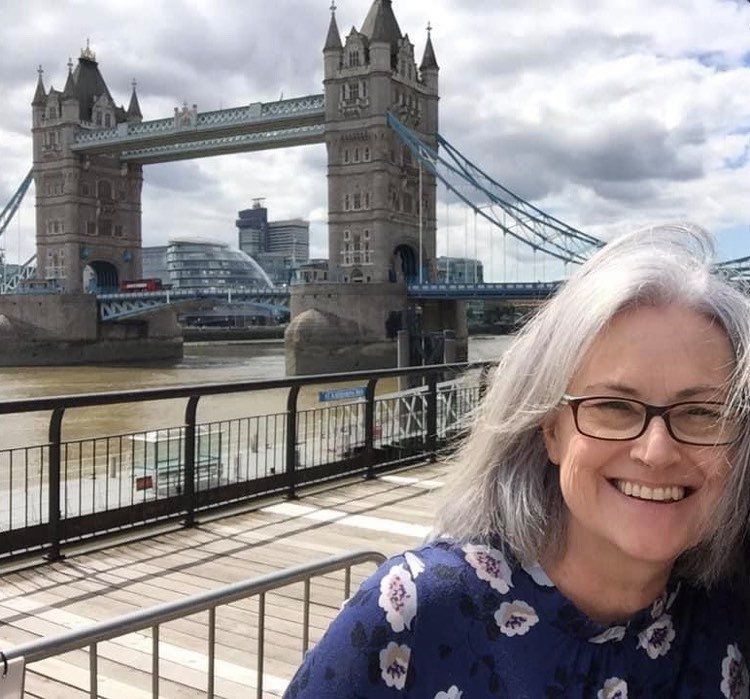
Sarah Nathan.
After seven years as the CEO of Creative Waikato, five years at the helm of the Hamilton Gardens Arts Festival, with grown-up kids and a yearning for travel, Sarah Nathan felt like it was time for a change.
She had been working with Charcoalblue, an internationally renowned theatre design company, facilitating discussions between them and the Waikato arts community as they designed the Waikato Regional Theatre. So when Charcoalblue posted the role of Global Marketing and Business Development - based in London - Nathan leapt at the opportunity.
Unfortunately, after making the leap to the other side of the world, the job did not turn out to be what she’d hoped, and so made the tough call early on to explore other opportunities in “the most buoyant art market the United Kingdom has ever seen.”
Unbeknownst to Nathan, she had handed her resignation two weeks before lockdown. Her resignation was announced on Tuesday. That Friday, her colleagues were sent to work from home and to this day have not gone back – with many in the UK still on furlough.
Along with her career in arts management, Nathan also considers “an equal part of [herself] as a performer.” Prior to COVID-19, she was working towards getting an agent and attending audition workshops in London. ”To watch that possibility get shut down literally overnight was so weird. And I haven’t really thought about it again. I haven’t gone back to that fantasy of a performance career over here - it doesn’t exist anymore,” she says. “It will, of course, exist for some people. But if you are new and entering the market you can forget about it. It was hard enough being a Kiwi with a different accent in a buoyant market. In a limited market, those are the disadvantages that will almost make it impossible to make it work at the moment.
"It was hard enough being a Kiwi with a different accent in a buoyant market."
“What I am witnessing now is the highest level catastrophe for the arts sector that anyone could ever imagine. I’m hearing horror stories of careers decimated and seeing the pain of just about everyone who works in the arts right now. Very little is being done about it in terms of support and bail out (in the UK),” says Nathan.
Soaking up experience
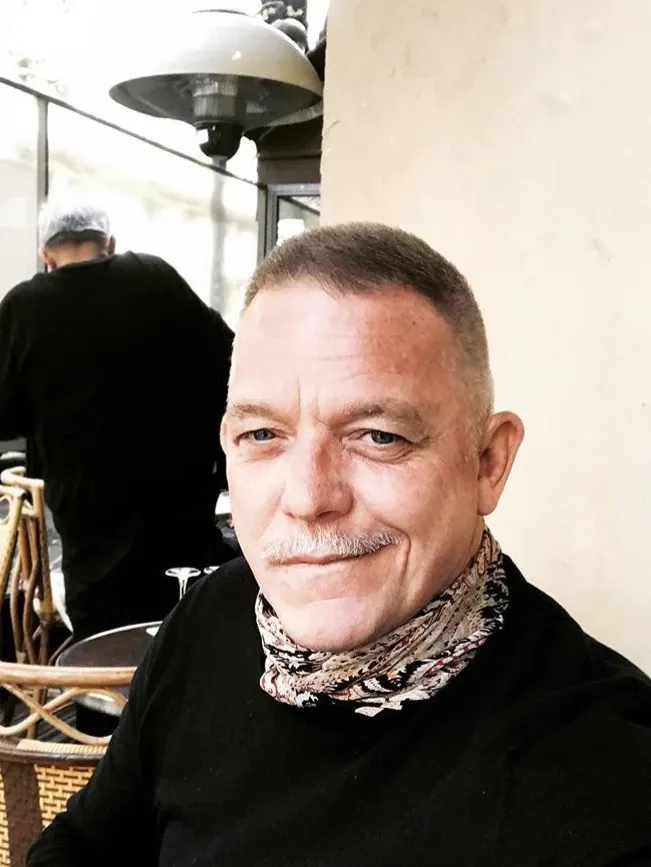
Simon Adlam.
Also joining Nathan in taking the ‘ex’ out of ‘ex-pat’ is Simon Adlam. He has forged a strong and dedicated international career as a museum executive specializing in museum transformations over the last 25 years.
While he's been based in Los Angeles, Adlam’s worked in Doha, Berlin, and Paris and has delivered hundreds of museum projects, exhibitions and public commissions around the globe and is highly regarded in his field.
Throughout this time, despite his success abroad, which has included working at the J. Paul Getty Museum and for Louise Bourgeois, Adlam has returned to New Zealand four times a year. He is excited about being home permanently this year to help provide opportunities to “incubate and elevate future generations of Aotearoa New Zealand's creative and cultural leaders onto the global stage. It’s so good to be so busy after being traumatised in another country after so many months,” he enthuses.
"It’s so good to be so busy after being traumatised in another country after so many months."
No more warm welcomes
This trip home is much different. In more ways than anyone could have imagined. Quarantine, expensive tickets and restrictions were to be expected - the response to coming back to their nation of birth has not.
“90% of the people I speak to are anti-returnee,” says Adlam. “I had to change my narrative to ‘thank you so much for your sacrifice [by going through lockdown] to save New Zealand. Thank you so much for letting me come home. It’s a privilege to be back.’ Otherwise, I was bombarded with ‘you’ve been away for 25 years.’ Once I broke that barrier, I was able to start to share the stories of those who are returning, including myself.
“These people coming home have expertise, money, capital connections - New Zealand is going to head into an unanticipated transformation because most of these people are coming to start their own businesses,” he continues. “They don’t want to live in cities - they want to live in the Wairarapa. It’s going to be transformative for New Zealand. Once I got the ability to talk about that, people changed their mind.”
It has broken Nathan’s heart watching New Zealand develop a sense of “fear and suspicion” towards returnees over the last six months. “We have to be really careful to not develop an 'us and them' mentality. The question is how do we be COVID free but always have a hand reaching out to the other artistic communities around the world to say ‘we are here for you, we support you, we want to talk to you about how we can collaborate and be connected, even if it’s not face to face.’
“It might just be a very small percentage of the trolls,” she muses on the online venom. “I hope New Zealand can learn to not be fearful - that they can be safe and generous and empathetic. While the majority have those [positive] traits, there is always a risk of slipping into fear and suspicion.”
Fresh and fringe
The glut of returnees such as Nathan and Adlam presents Aotearoa’s creative arts sector with an opportunity to utilise their international connections and approaches.
“The beautiful thing that’s going to happen is there’s going to be art and cultural change [in New Zealand],” opines Adlam. “It's going to grow out of places we wouldn’t have thought of and it’s not going to be competitive, it's going to be complimentary.”
Looking at New Zealand’s art sector as a whole, Adlam has observed that “art is siloed by different levels of government funding. There are a lot of amazing artists in this country that don’t fit into the little paradigm shutters of some traditional conservative organisations. It’s because of this [the New Zealand arts sector] have a real opportunity to step-up more in response."
For him, making sure our art world is boldly 21st century means looking beyond current artistic and cultural structures. “Our future is going to come from the fringes. We are looking for artists to show the way because it's in our DNA to deal with the struggles of society and lead us.”
There is an opportunity for arts organisations and enterprises to “utilise all of the [returnees] in the arts - we can find the fringe artists who might have immense value and connect them to structures. I see it as moving forward and focusing art through a new lens. If we work together, we might get to a place where we are leading the world…..the beautiful thing about us all coming back is a lot of people who have left have been influenced by other countries, policies and economies. New Zealand created us and now we are coming back and we are going to do it again differently.”
Play to our strengths
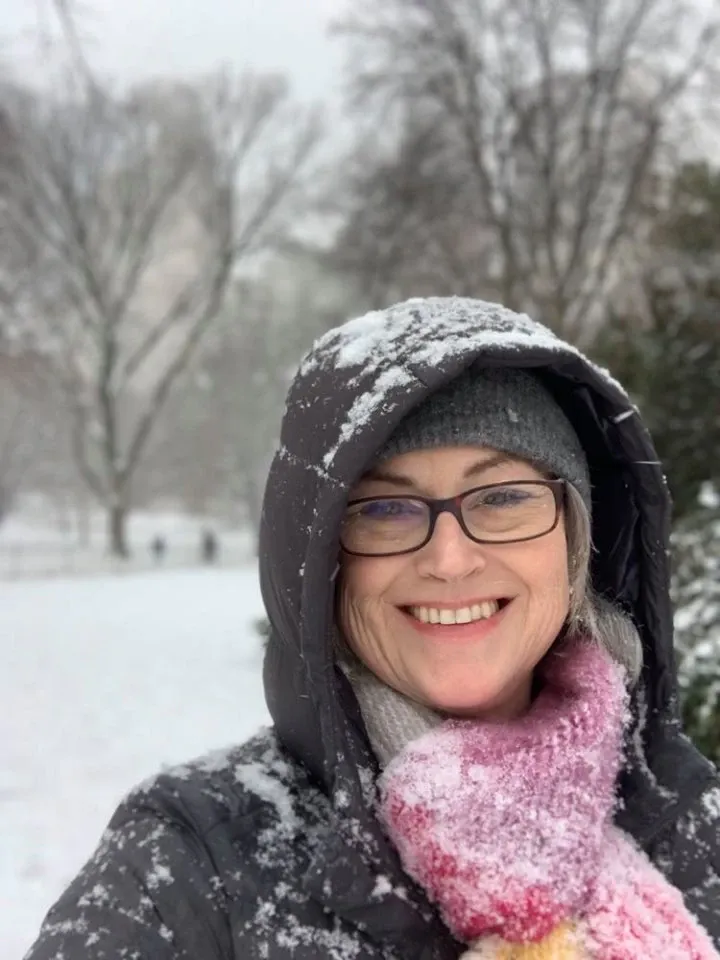
Nathan agrees that unity is what’s going to give the arts sector a desperately required boost.
“New Zealand needs to be united and coordinated right now. We have the most extraordinary opportunity that no one could’ve perceived; we have all of our arts infrastructure in operation! If that doesn’t scream opportunity, then I don’t know what does!
“Our communities can (generally) go into our galleries, theatres and museums. You can’t do that in any other country in the world and at the moment and there is no foreseen point in time where that will happen. So, if we’ve got an infrastructure that works and an audience that can go; if we’re not turbo-charging that moment in time it’s the biggest wasted opportunity for the arts in NZ of all time.”
"If we’re not turbo charging that moment in time it’s the biggest wasted opportunity for the arts in NZ of all time.”
How to get audiences back through the door
It is quite possible that international arts infrastructures have a hiatus of 18 - 24 months - Nathan wonders what we will do with that time. One way she urges to take advantage is by listening to audiences.
“Even just a simple audience development campaign that says ‘did you know that you’re the only people in the world right now that can go to the theatre at the moment? Why are you not going?’
“If anyone needed proof about how important the arts sector is, all they need to do is look overseas and see all of the societies that had cultural infrastructure that has now had it taken away and how much they are suffering from that absence.”
Moving from Hamilton to London, Nathan was surprised by what she found once she landed. “I thought I would come to the UK and see really extraordinary arts innovation. And of course it’s there, the scene is so big. But I genuinely believe that Hamilton is putting on more new, original meaningful stories and work about the New Zealand experience and reflecting its own culture at a proportion and scale that is off the chart compared to what's happening [in the United Kingdom].
“Even the biggest, most well-resourced theatre companies are struggling with audience development. They’re resorting to tried and true formulas - taking 19th/20th century material, reinventing it and putting a celebrity in the lead to sell tickets. I am so surprised how proportionately the amount of original work is being produced in the United Kingdom versus somewhere like Hamilton. It’s not happening everywhere else. That is incredibly special and needs to be valued.”
Empowering the next generation
Hamilton is exactly where Nathan’s homecoming will be based and she is keen to mentor young creatives in the region. “I’ve particularly noticed with young women in their 30s in the arts is that their self-esteem is unnecessarily low. It’s perhaps because the pay in the arts is so bad, but when talking to them, you see their thinking is often more advanced than those up the top [of organisations] and they need to back themselves more,” says Nathan.
“We need to support fresh artists. Before I left I thought the best art [in New Zealand] was on the fringes. I still think that. I was so frustrated by the Creative New Zealand funding framework because it disadvantaged all of that fringy stuff. We need to start recognising these gems. The expensive infrastructure categories disproportionately eat up the funding and we would have far higher return on investment per artist by putting more money into emerging work.
“We have to have some difficult conversations about old traditional European art forms and what their pathway is into the future.”
Adlam echoes those sentiments, underlining the value the artistic returnees offer those who stand to benefit from their skills. He would “love to see highly entrepreneurial, innovative, professional art and cultural people putting their hand up and saying ‘Hey I have a great idea’. Or ‘I have a great question, let's try and answer it.’
“We have to commit to younger generations. To help them craft the world that they want to live in. If we can get to a place where all these organisations are inviting young people to tell us what they think a creative world or enterprise would look like, that would be awesome.”
Back where they belong
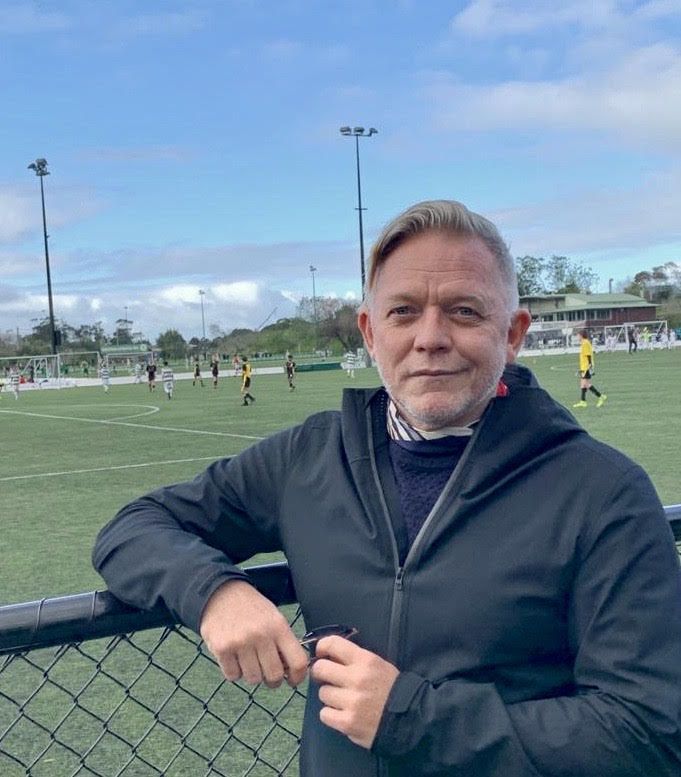
Looking forward, Adlam is excited to see where returning creatives will take New Zealand. “There will be an opportunity to have access to global conversations and connections to an extent that we’ve never really had before and I think that’s probably our biggest asset…I’ve never been so happy and grateful to be a New Zealander and to come home here.”
Nathan is also eager to see what her return will bring. “Part of the reason I found it so easy to wipe my acting dreams off the table was because I know that there is the most buoyant exciting arts community in Hamilton. That’s made me realise that yes, there's this little pinnacle of performance utopia that’s over in the United Kingdom, but I have let go of that so easily and I am so excited to come back and perform with my local community.”
When asked for any final thoughts, she held out her forearm, which has three graceful Piriwakawaka tattooed on it. “I got this the week before I left and it represented my whānau and the fact that although we are apart, we can always fly to see each other. That we were always connected. You don’t leave to disconnect.”
